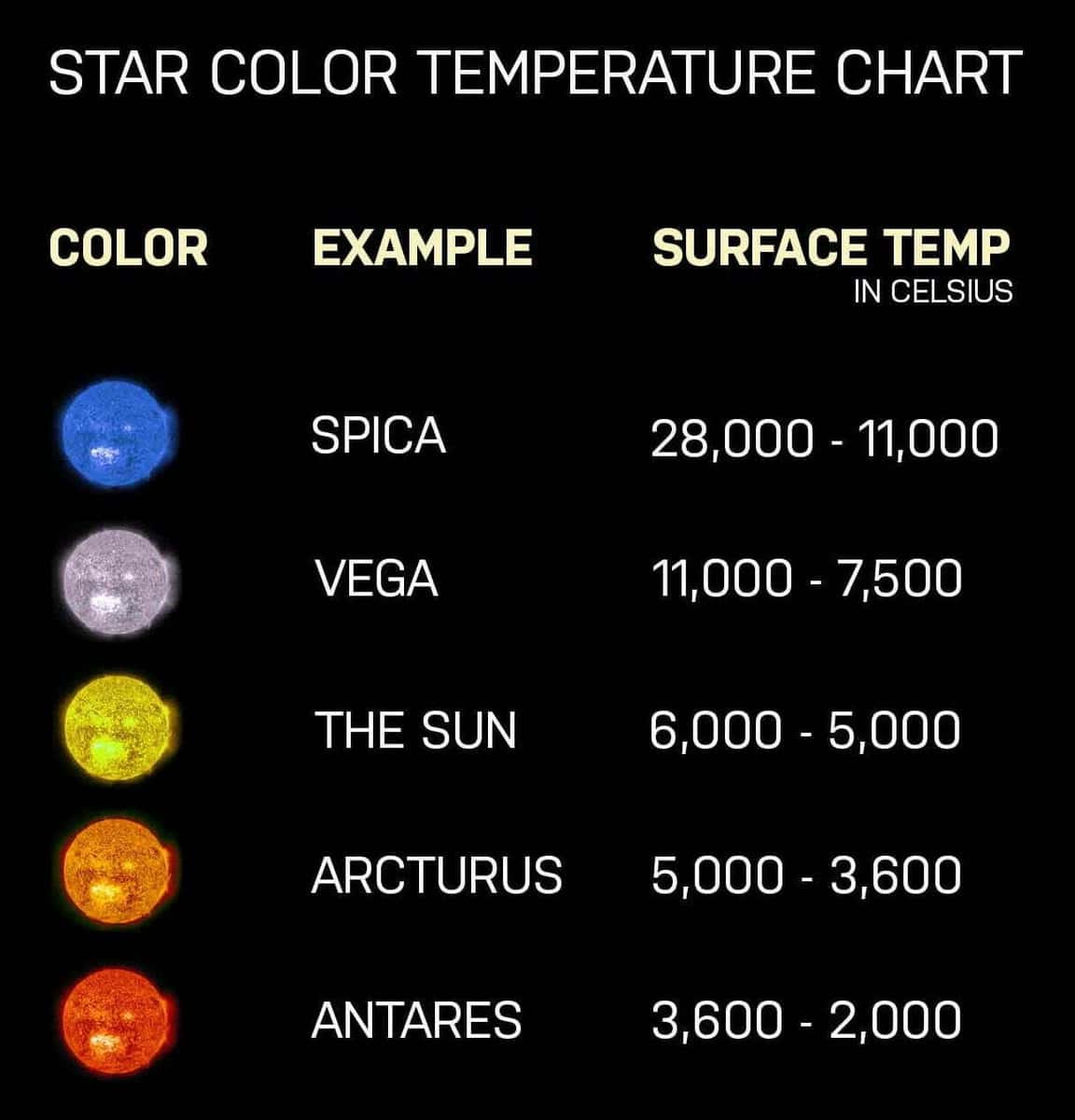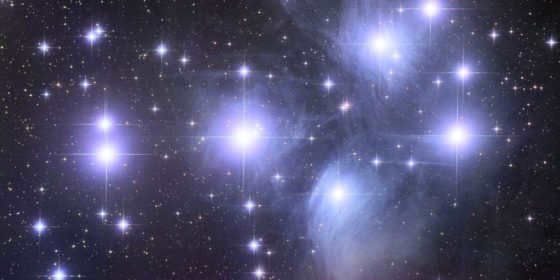
Ever since the first star was observed in the sky, people have been wondering how many stars are actually out there (and they are still working on finding the answer to this question). Astronomers have made some calculations and determined that the naked eye can see around 4.5 thousand celestial bodies in the sky, and our Milky Way galaxy alone contains approximately 150 billion stars. Considering that there are trillions of galaxies in the Universe, the total number of stars and constellations whose light reaches the Earth’s surface amounts to a septillion – although this estimate is only an approximation.
The Illumination of the Cosmos
A celestial body is an immense mass of gas that emits both light and heat, distinguishing it from planets which are devoid of their own light and can only reflect sunlight. The production of light and heat is a result of thermonuclear reactions occurring within the core. Unlike planets, which consist of solid and light elements, celestial bodies contain a greater proportion of light particles with a smaller amount of solids. For instance, the Sun is comprised of approximately 74% hydrogen and 25% helium.
Celestial bodies possess extremely high temperatures due to the abundance of thermonuclear reactions, resulting in surface temperatures ranging from 2 to 22 thousand degrees Celsius.
Due to the fact that the mass of the largest planets is far less than the weight of even the smallest star, celestial bodies possess sufficient gravitational force to attract and retain smaller objects, causing them to orbit around them and ultimately creating a planetary system (as we see in our solar system).
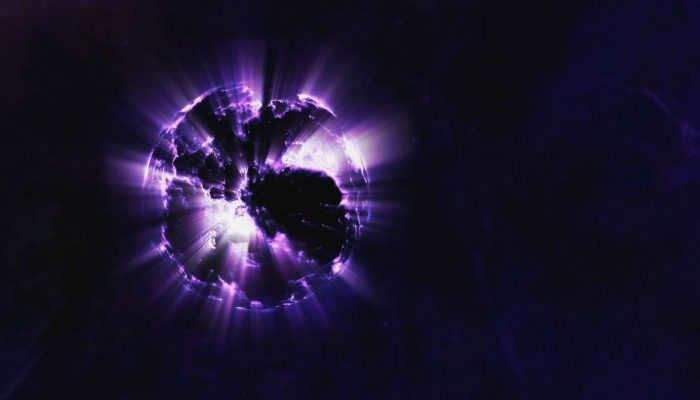
Did you know that the Sun has some fascinating facts? 8361 5 20
Shining bright
Astronomy has a concept called “new stars,” which is not about the creation of new celestial bodies. Instead, it refers to the phenomenon where existing hot celestial bodies of moderate brightness periodically flare up and become incredibly luminous. These flares make them appear so bright in the sky that people in ancient times mistook them for the birth of new stars.
The life cycle of celestial luminaries
Astronomers have revealed that stars and constellations are in a continuous process of formation. Recent scientific studies indicate that approximately forty new celestial stars emerge every year within our own galaxy.
During the initial phase of their development, new stars exist as cold, sparse interstellar gas clouds that orbit their respective galaxies. The trigger for these clouds to initiate reactions that foster the creation of a celestial luminary can be a nearby supernova explosion (the catastrophic collapse of a celestial body following an explosion).
Other potential causes could include collisions with other gas clouds or the influence of colliding galaxies. Essentially, any factor that can impact an interstellar gas cloud and cause it to condense into a compact mass under the pull of its own gravity.
While the gas balloon undergoes compression, gravitational energy is converted into heat, causing the balloon to become exceedingly hot. Once the temperature within the ball reaches 15-20 K, thermonuclear reactions commence, leading to the cessation of compression. Subsequently, the ball transitions into a fully-fledged celestial luminary, where hydrogen is transformed into helium within its core for an extended period.
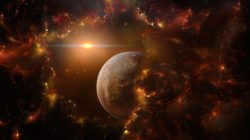
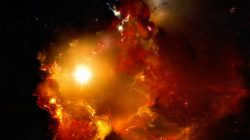
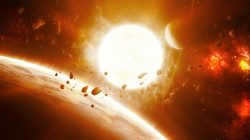
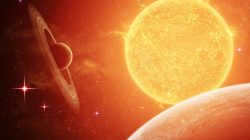
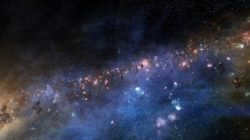
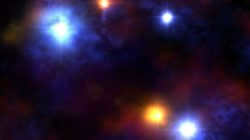
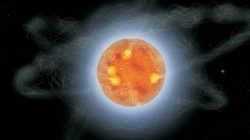
When the temperature reaches 100 million K, nuclear fusion resumes within the core, where helium is converted into solid metals: helium – carbon – oxygen – silicon – iron (when the core reaches iron, all fusion reactions cease). This causes the once bright star to expand a hundredfold, transforming into a Red Giant.
The lifespan of a star largely depends on its size: smaller celestial bodies burn through their hydrogen reserves at a slower rate and can survive for billions of years. Due to their lower mass, these stars do not undergo helium fusion reactions and, after cooling, continue to emit a minimal amount of electromagnetic radiation.
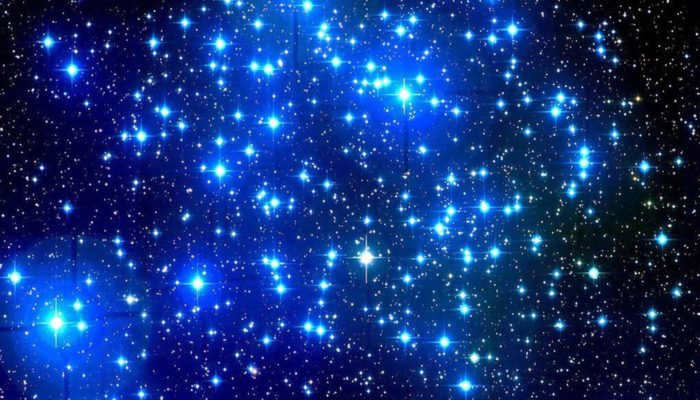
The lifespan of medium-sized stars, including the Sun, is typically around 10 billion years. At the end of this period, the outer layers of these stars usually expand and form a nebula, leaving behind a lifeless core. Over time, this core will evolve into a helium white dwarf with a diameter slightly larger than that of Earth, eventually cooling and fading from view.
If the medium-sized celestial body is particularly large, it may instead undergo a different fate: collapsing into a black hole and giving rise to a supernova explosion.
Explosions in the Universe
The phenomenon known as a supernova occurs when a star undergoes a massive explosion, resulting in its near-complete destruction. Over time, the remnants of the supernova star expand and become highly transparent and rarefied. These remnants can remain visible for thousands of years before eventually fading away and transforming into a neutron-rich body. It is fascinating to note that this occurrence is not infrequent and takes place approximately once every thirty years within a galaxy.
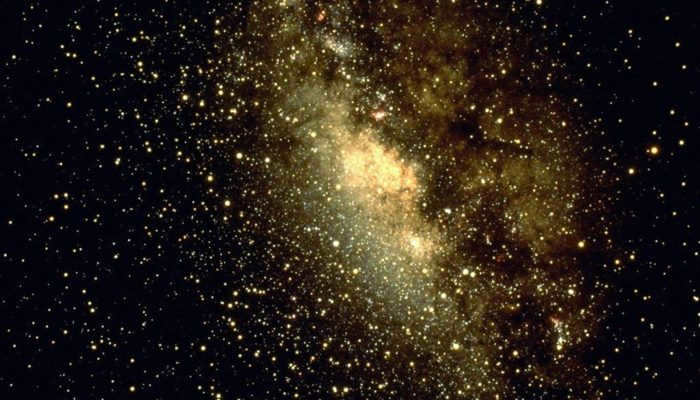
Types of Stars
Main-sequence stars make up the majority of the celestial luminaries we can observe. These are celestial bodies where thermonuclear processes occur, leading to the conversion of hydrogen into helium. Astronomers categorize them based on their color and temperature characteristics into the following star classes:
- Blue stars with a temperature of 22,000 degrees Celsius (class O);
- White-blue stars with a temperature of 14,000 degrees Celsius (class B);
- White stars with a temperature of 10,000 degrees Celsius (Class A);
- White-yellow stars with a temperature of 6,700 degrees Celsius (class F);
- Yellow stars with a temperature of 5,500 degrees Celsius (class G);
- Yellow-orange, with a temperature of 3,800 degrees Celsius, belongs to class K;
- Red, with a temperature of 1,800 degrees Celsius, belongs to class M.
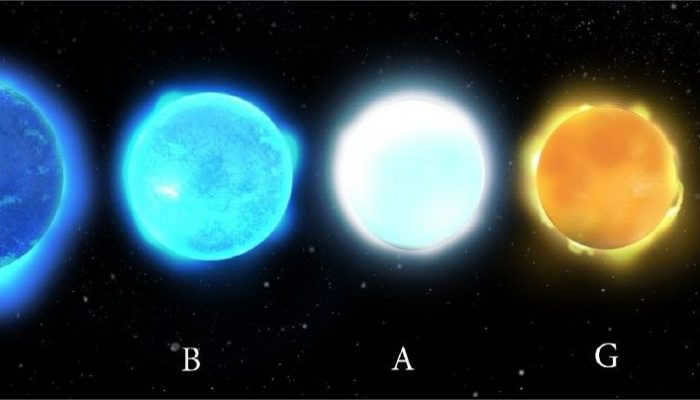

Aside from the main sequence stars, scientists categorize celestial luminaries into the following types:
- Brown dwarfs – these are celestial bodies that are too small to initiate the process of converting hydrogen to helium inside their core, thus they are not considered full-fledged stars. They emit extremely dim light, and scientists have only been able to detect their existence through the infrared radiation they emit.
- The Wolf-Raye type of radiation is characterized by the presence of ionized helium, hydrogen, carbon, oxygen, and nitrogen. This type of star is incredibly hot and bright, as it consists of the remnants of massive celestial bodies that have shed their mass during a specific stage of their development.
- The T Taurus type of star belongs to the class of variable stars, along with the F, G, K, and M classes. These stars have a large radius and high brightness. They are often found near molecular clouds.
- Bright blue variables, also known as S-type Goldfish variables, are extremely luminous hypergiants that pulsate. They can be over a million times brighter than the Sun and up to 150 times more massive. It is believed that this type of star is the brightest in the entire Universe, although they are very rare.
- White dwarfs are stellar remnants where medium-sized stars transform into dying celestial luminaries;
- Neutron stars, on the other hand, are dying celestial bodies that form larger luminaries than the Sun after their demise. The core in these stars collapses until it becomes composed of neutrons.
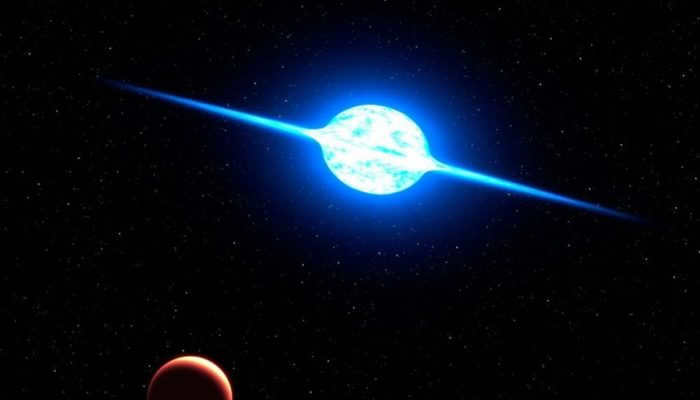
A mariner’s handbook
One of the most renowned celestial luminaries in our celestial sphere is Polaris from the constellation of Ursa Minor, which hardly ever alters its position in the heavens relative to a specific latitude. Regardless of the time of year, it indicates north, which is why it earned its alternative name – the North Star.
It is important to mention that the position of the North Star will vary if the observer moves to a different location, as Polaris alters its altitude according to the geographic latitude. This characteristic enabled sailors to ascertain their whereabouts by measuring the angle between the horizon and Polaris.

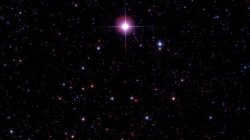
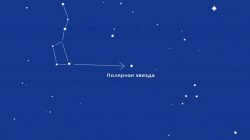

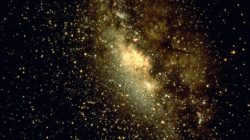
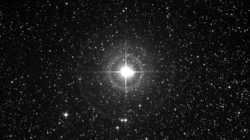

Interestingly, the North Star is ranked 46th on the list of the brightest stars. This is the reason why Polaris is rarely visible in city areas at night when the sky is illuminated by streetlights.
Shooting Stars
Occasionally, when you gaze up at the sky, you may spot a shooting star. These bright and luminous dots, sometimes one and sometimes several, streak across the sky. It appears as though a star has descended from above, evoking a legend that when a shooting star is visible, one should make a wish, as it is believed to come true.

Koalas are the original inhabitants of Australia’s unique ecosystem 8361 4.81 11
During certain years, a shooting star becomes visible in the night sky more frequently than usual. When this happens, if there are multiple shooting stars present, humans on Earth have the opportunity to witness a meteor shower. Although it may seem as though a star has fallen to the surface of our planet, the majority of these celestial bodies burn up in the Earth’s atmosphere.
Meteor showers occur when a comet approaches the Sun, heats up, and partially disintegrates, releasing a number of rocks into space. If you were to trace the trajectory of these meteors, you would falsely assume that they all originate from the same point. However, they actually follow parallel paths, with each shooting star having its own unique trajectory.
It is interesting to note that many of these meteor streams occur during the same time period each year, giving humans the opportunity to witness the magnificent sight of a falling star for an extended period of time, ranging from a few hours to several weeks.
Furthermore, only meteorites of considerable size and weight are capable of surviving the journey through Earth’s atmosphere and reaching its surface. In the event that such a star were to fall in a densely populated area, the consequences could be devastating, as was the case in Chelyabinsk a few years ago. Occasionally, multiple stars may fall at once, resulting in a spectacular display known as a meteor shower.
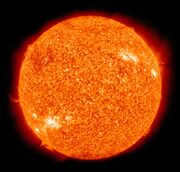
A celestial object is a heavenly body where nuclear fusion reactions have occurred, are occurring, or will occur. However, most commonly, a celestial object is a heavenly body where nuclear fusion reactions are currently taking place. Celestial objects are large luminous balls of gas (plasma). They form from a gas-dust medium (primarily hydrogen and helium) due to gravitational compression. The temperature of matter within celestial objects is measured in millions of kelvins, while the temperature on their surface is measured in thousands of kelvins. The majority of celestial objects release energy through thermonuclear reactions that convert hydrogen into helium at high temperatures within their inner regions.
Stars Categorized [ ]
The categorization of stars commenced separately during the early 20th century through the efforts of Danish astronomer Einar Hertzsprung and American astrophysicist Henry Russell. In the following years, this classification was repeatedly enhanced and amended, albeit with minimal changes overall.
Main-sequence stars [ ]
Main-sequence stars are the most abundant category of stars, and our Sun is classified as such. In terms of evolution, the main sequence represents the stage in the Hertzsprung-Russell diagram where a star spends the majority of its lifespan. During this period, the energy lost through radiation is balanced by the energy generated from nuclear reactions. The duration of a star’s main-sequence existence is determined by its mass and the proportion of elements beyond helium (metallicity).
Brown dwarfs [ ]
Brown dwarfs are a unique type of celestial bodies where the energy lost to radiation exceeds the energy produced by nuclear reactions. These enigmatic objects were initially just a concept, speculated upon during the mid-20th century as a result of our understanding of stellar formation. However, in a groundbreaking discovery in 2004, the first ever brown dwarf was finally found, confirming their existence. Since then, numerous brown dwarfs have been observed and classified, falling within the spectral class of M – T. In addition, a theoretical class known as Y has been proposed.
White dwarf stars.
Shortly after the helium flash, the carbon and oxygen “ignite”; these events cause a significant rearrangement of the star and its rapid movement along the Hertzsprung-Russell diagram. The size of the star’s atmosphere expands even further, and it starts to lose gas intensely in the form of streaming stellar wind. The destiny of the star’s central region entirely depends on its initial mass: if the core’s mass exceeds the Chandrasekhar limit during the late stages of evolution, it will culminate as a white dwarf (for low-mass stars); if its mass surpasses the Oppenheimer-Volkoff limit, it will evolve into a neutron star (pulsar); and if the mass exceeds the Oppenheimer-Volkoff limit, it will become a black hole. In the latter two scenarios, the conclusion of stellar evolution is accompanied by catastrophic events – supernovae.
Most stars, including our Sun, conclude their life cycle by undergoing a process of contraction until the force of degenerate electrons counteracts gravity. At this stage, when the star’s size diminishes by a hundredfold and its density reaches a million times that of water, it is classified as a white dwarf. Devoid of any energy sources, the white dwarf gradually loses heat and fades away, eventually becoming dark and imperceptible.
Red giants [ ]
Red giants and supergiants are stars that have relatively low effective temperatures (3000 – 5000 K) but have enormous luminosity. These stars have molecular absorption bands in their spectra, and their emission peak is in the infrared range.
Neutron stars [ ]
In the later stages of stellar evolution, stars with masses ranging from 8 to 10 Mʘ experience core compression that cannot be contained by the pressure of degenerate electrons. This compression continues until most of the particles in the core become neutrons. The mass of these stars starts from the Chandrasekhar limit (1.44 Mʘ) and can reach the Oppenheimer-Volkoff limit, which corresponds to a diameter of approximately 10 km.
Unconventional star systems []
The standard distribution in our Universe is typically characterized by the “one system-one star” configuration, however, there exist numerous exceptions.
Dual stars []
A dual star, alternatively referred to as a double system, encompasses two stars that are gravitationally bound and orbit around a shared center of mass within closed orbits. The study of dual stars allows for the determination of star masses and the establishment of various relationships. In fact, knowledge of mass-radius, mass-luminosity, and mass-spectral class relationships is vital when it comes to understanding the internal structure and evolution of stars.
The significance of dual stars extends beyond the mere acquisition of mass-related data. Notably, all candidates for black holes have been identified within dual systems, despite numerous attempts to locate solitary black holes.
When it comes to colonization, double star systems are not seen as promising. Planets in these systems are extremely rare, and even if they do exist, they tend to be highly unstable.
Compact double stars [ ]
Among double stars, there are what’s known as compact double systems (CDS), where there is an exchange of matter between the stars. The distance between the stars in a compact double system is comparable to the size of the stars themselves, resulting in more complex effects beyond just attraction. These effects include tidal shape distortion, heating from the brighter companion, and other phenomena.
Compact double stars are strongly discouraged.
Multiple stars [ ]
Multiple systems composed of three or more stars are relatively uncommon in our galaxy, although not unprecedented. One of the most well-known multiple systems is α Centauri, which happens to be the closest neighbor of our Solar System.
When it comes to colonization, multiple star systems are generally seen as less favorable. The presence of planets within such systems is exceedingly rare, and even if they do exist, their stability is highly uncertain.
Dark voids []
Stars that are larger than their neutron star predecessors go through a process of complete gravitational collapse. As the object continues to shrink, the gravitational force on its surface becomes so intense that no particles or even light can escape, rendering the object invisible. In the vicinity of a black hole, the properties of space-time undergo significant changes that can only be described by the general theory of relativity. These objects are known as black holes.
Black holes pose a major challenge in interstellar communication. Traveling through regions containing black holes is impossible in all layers of hyperspace, and the signals from hyperwave transmitters are also unable to pass through these regions. Visiting black hole regions in both normal and hyperspace is extremely dangerous and strongly discouraged.

A star is a luminous sphere of gas and plasma that sustains thermonuclear reactions due to its own gravitational pull. In the past, it was commonly believed that stars remain unchanged throughout their existence. Although stars have incredibly long lifespans, lasting billions of years, they are born, undergo various stages of evolution, and eventually die, much like everything else in the vast universe. Through the observation of numerous stars at different points in their life cycles, astronomers have gained a deeper understanding of how these celestial entities evolve from birth to their ultimate demise.

Formation of Stars
The birth of stars initiates within nebulae, which are clouds of dust and gas drifting through space. These nebulae consist of remnants from previous stars that have either exploded or had their outer parts scattered. When a nebula approaches a galaxy or encounters a shock wave from a stellar explosion, it can become compressed. This compression causes the particles within the nebula to move closer together.
The gravitational force of these accumulating clumps of matter holds them together and attracts additional matter from the surrounding environment. As a result, the mass forms into a condensed sphere, and its internal temperature rises due to the force of gravity.
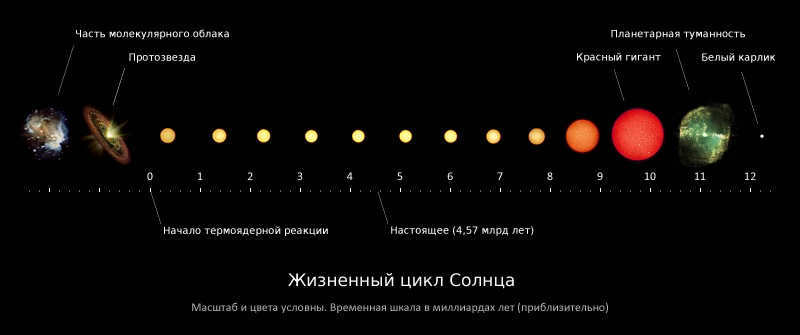
This original aggregation of substance is known as a protostar. The innermost part of the protostar shrinks at a faster rate compared to the outer layer. Once the temperature reaches 10 million degrees Celsius, the hydrogen within the innermost part starts to undergo combustion. This phenomenon is referred to as nuclear fusion. The hydrogen atoms merge together to create helium and emit immense quantities of energy in the form of heat and illumination, causing the compression of the nucleus to cease. The obscure protostar then metamorphoses into a radiant star. The progression of this transformation can endure for approximately 100 million years.
The primary sequence of celestial bodies
New celestial bodies are constantly being formed within our galaxy. Once a new source of light emerges, it is considered to have “entered the primary sequence”. This phase represents a significant period in the lifespan of celestial bodies, and it is also the most extensive. We can draw a comparison to the human life cycle – childhood, adolescence, adulthood, old age. The longest stage is adulthood. Celestial bodies experience a similar progression, as we can consider this period to be their adulthood, during which they are most active – emitting light. The Sun is presently classified as a main sequence celestial body.
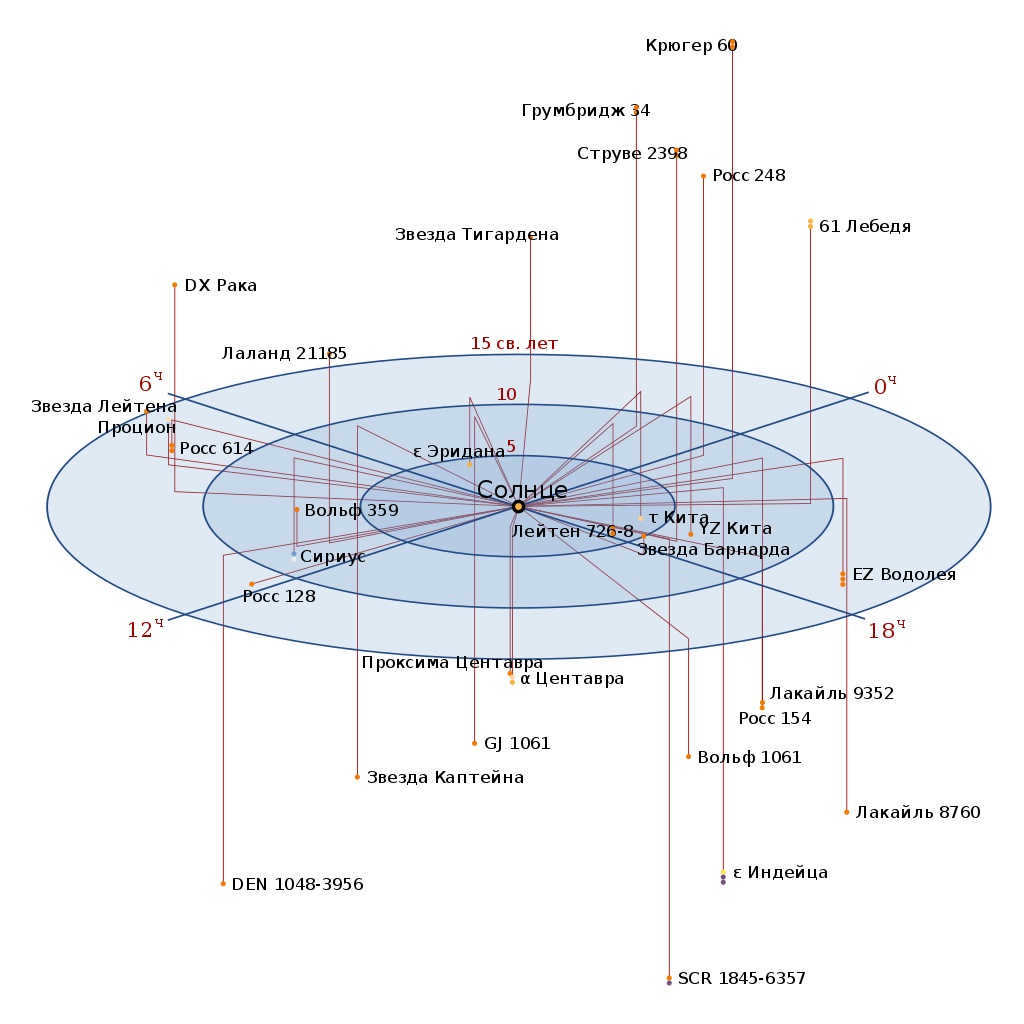
Enormous stars
When the core runs out of hydrogen fuel, it experiences a gravitational collapse, causing it to shrink. As a result, the core heats up and triggers the ignition of the hydrogen in the surrounding material. This material expands, leading to the star’s tremendous growth. These entities are referred to as red supergiants due to their distinctive red hue. The core continues to contract and heat up until it reaches a temperature of approximately 100 million degrees Celsius, enabling the ignition of helium, which constitutes the core.
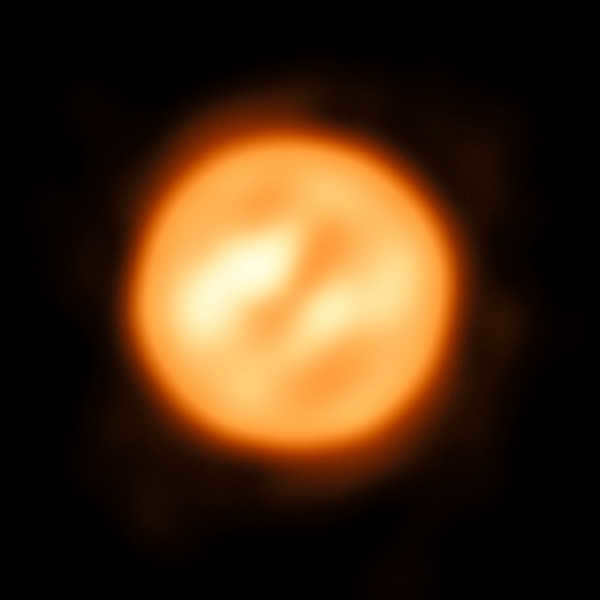
Antares – Antares is the most brilliant star in the Scorpius constellation and typically one of the most brilliant stars visible to us, a red supergiant. It is located approximately 550 light years from the Sun. The size of this celestial behemoth is so immense that if it were positioned in place of the Sun, this star would extend beyond the orbit of Mars!
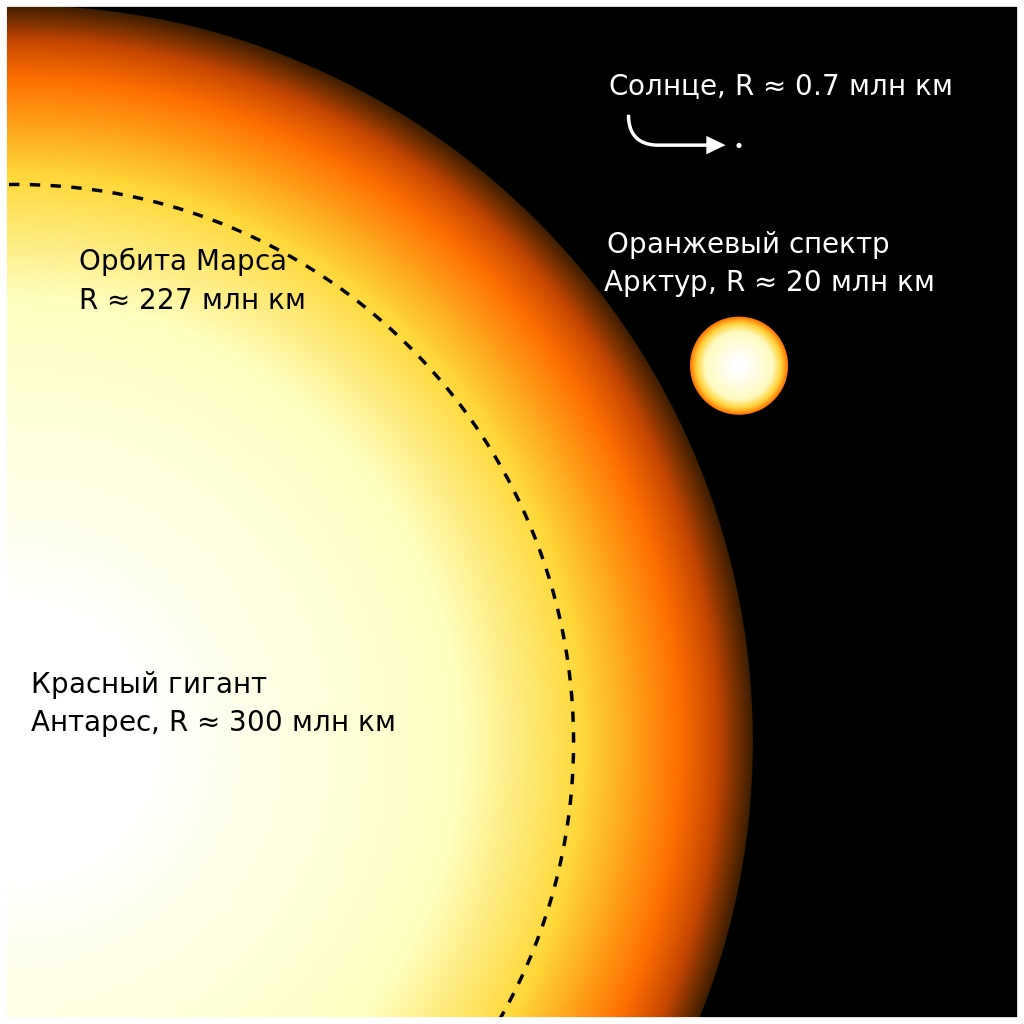
Dwarf stars
Once the core of a star runs out of helium, it undergoes a contraction, causing it to heat up and ignite the surrounding helium shell. During this phase, the outer envelope expands rapidly and can be expelled into space at speeds of up to 70,000 km/h. The core, unable to contract any further, ceases its burning and transforms into a white dwarf. Over time, the white dwarf cools down, ceasing to emit light until it eventually fades away.
Black holes and neutron stars
A star with a mass greater than five times that of our Sun undergoes a different process at the end of its life. It has the ability to continue shrinking, igniting, and generating new matter until the core’s matter transforms into iron. Once this transformation occurs, the burning ceases and the core collapses rapidly, expelling the outer layers of the star into outer space. This event gives rise to a supernova star – arguably one of the most remarkable phenomena in the entire universe.
An exploding star has the potential to emit a brightness surpassing that of an entire galaxy. The matter that is expelled into space eventually coalesces to form new stars and planets. The heaviest elements known to exist in the universe, such as gold and uranium, are forged within supernovae. It is possible for the core of a supernova star to survive the explosion and become an extremely compact, dark object known as a neutron star, and in some cases, a black hole.
Neutron stars are incredibly dense, with a single cubic centimeter weighing billions of tons due to their extreme compression.
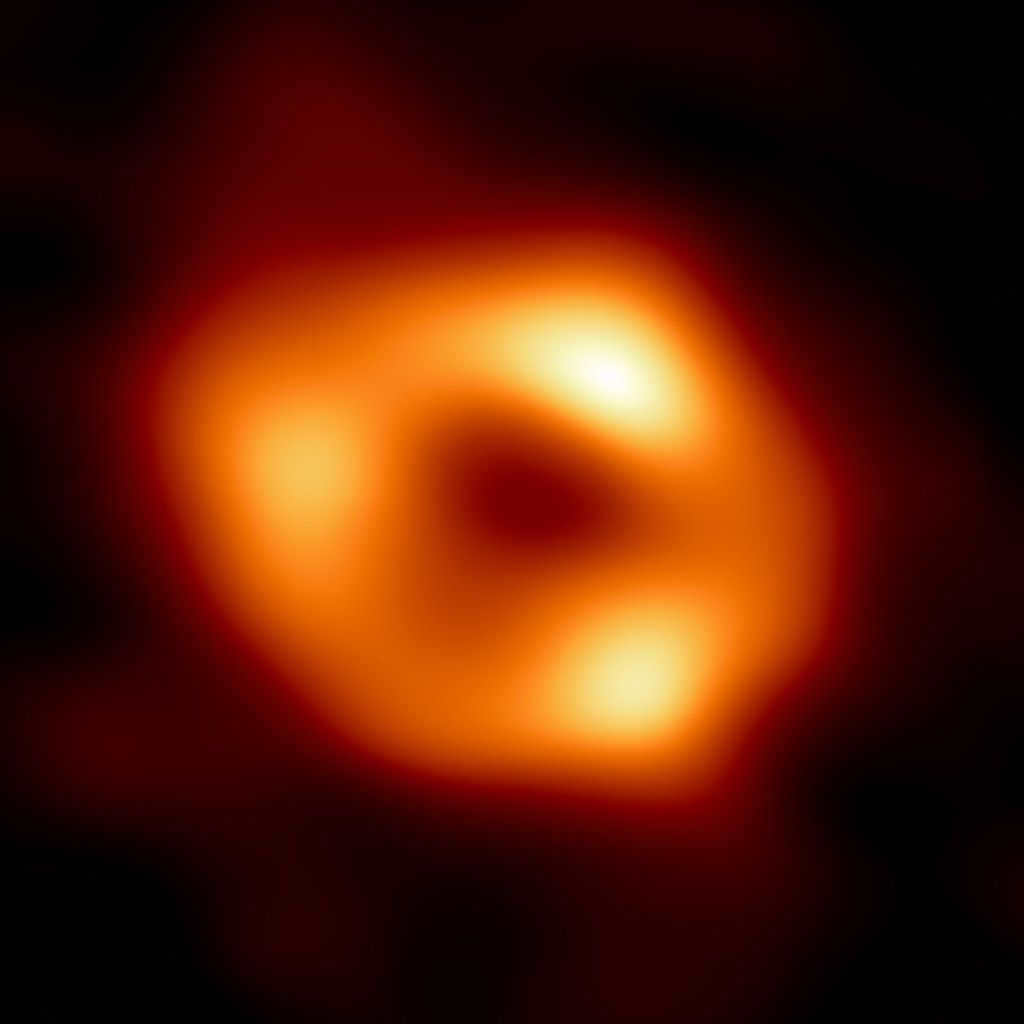
Giordano Bruno’s assertion
It is well-established that the Sun is a representative example of a star, implying that all stars are essentially “suns”. This was originally postulated by Giordano Bruno long before it could be substantiated, but it is now widely accepted as a fundamental truth. The field of astronomy heavily relies on this crucial concept, as it allows us to gain a deeper understanding of our own star, the sun, as well as other stars that exist in the universe.

However, we need to start from the very beginning. It is known that the exploration of the celestial bodies originated in ancient times, long before the creation of telescopes or any other scientific apparatus. In those days, humans relied solely on their eyesight and cognitive abilities. The Assyro-Babylonians, Egyptians, Chaldeans, and Greeks did not possess the technology of telescopes. Nevertheless, they managed to acquire a vast amount of knowledge about the stars, which is still relevant today. This is because anyone with the ability to observe and analyze can delve into the realm of the stars and uncover a wealth of information.
How the motion of the stars is observed
Initially, it was discovered that some of the bright spots in the sky, which appear to be stars, exhibit movement and travel among other stars. These moving objects, commonly known as “planets,” are now well-understood by us. We have categorized them as a part of our solar system and reserve the term “stars” exclusively for those luminous celestial bodies that have been historically referred to as fixed stars, in contrast to the wandering stars. It is completely justified for us to abandon the use of the term “fixed.”
- First and foremost, there is no necessity for it, as we can refer to the traveling stars as planets, rather than stars.
- Secondly, the designation “fixed stars” is inaccurate, since we now know that all stars are in motion.
Nevertheless, even after a lifetime of stargazing on clear nights, it is unlikely that we would detect any significant movement of the stars with the naked eye. This holds true for the majority of stars, even if they are observed over the course of centuries. Despite the fact that the sky appears to rotate and present different sides to us during different seasons or at different times of the night, the stars themselves appear to remain in the same relative positions. An example of this can be seen in the winter sky, which is particularly captivating when viewed from our location. It is worth noting that the largest groupings of stars can be found in the celestial band that spans the entire sky, known as the Milky Way.

Astrological Patterns
Stars, when observed by the naked eye, appear to be grouped together in patterns that are commonly referred to as constellations. However, it should be noted that these groupings are not actually constellations, but rather a visual perception.
Regardless of the passage of time, the stars that compose these constellations maintain a consistent relative position to one another. For example, if six stars form the shape of a crown, they are designated as the Crown constellation. This particular grouping, known as the Northern Crown, can be easily identified in the night sky.
As we gaze up at the heavens, we perceive a celestial sphere or celestial vault suspended above us, adorned with an array of stars. Furthermore, all of these stars seem to be equidistant from our line of sight. Hence, it was once believed that what we perceive as a cluster of stars is indeed a genuine assembly or constellation.
Ancient astronomers held the belief that the stars were affixed to the underside of a colossal crystal sphere that encased our world. Furthermore, they believed that the movement of the entire firmament relied upon the motion of this immense sphere or hollow orb as it revolved around its axis, carrying all the stars with it.
It was also theorized that the planets, each with their own crystal spheres, moved independently. The universe must have appeared incredibly intricate and fantastical, given that a fundamental error was made! It is akin to observing your room and assuming that everything within it exists on the same plane, equidistant from your eyes.
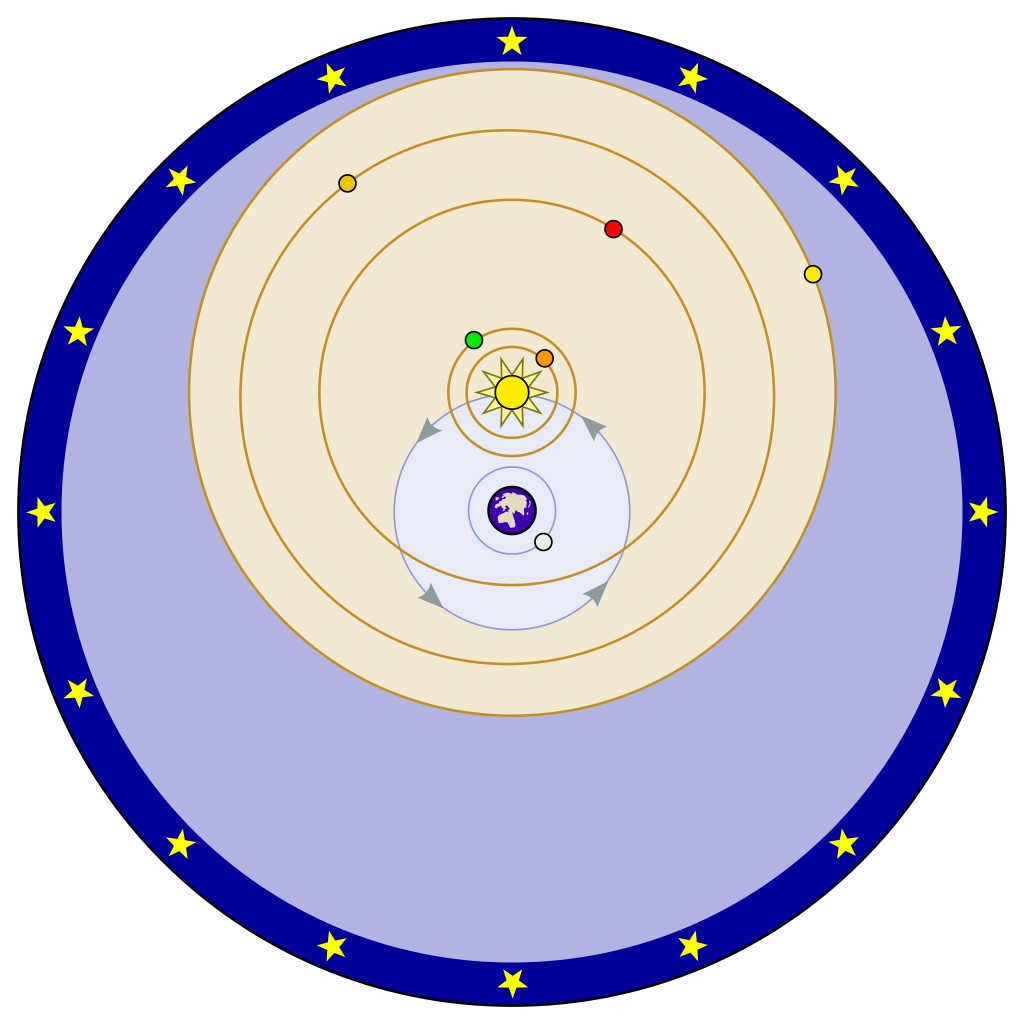
What an interesting concept you must have for your living space! However, it’s important to consider that your perception of the room is based on perspective. You are aware that the items closest to you may actually be near, while those at the opposite end of the room are farther away.
The vastness of the celestial expanse
Regrettably, the celestial expanse eludes our direct observation. If only we could somehow peer deep into the cosmos, many astronomical errors would have been avoided. Even a young child could have rectified them upon stepping outside on a clear night.
An ingenious Englishman devised a method to convey a sense of the depth and perspective of the celestial realm. He created drawings of the sky, much like how earthly objects are photographed for stereoscopes: one drawing for the left eye and another for the right. When viewed with both eyes through a stereoscope, these drawings offer a glimpse into the vastness of the sky. Some stars appear relatively close, while others, situated further behind, seem to radiate from the depths of space.
We have now come to the understanding that the constellations or star clusters appear flat to us because our vision lacks the ability to perceive the varying depths from which the light of the different stars reaches us.
However, it is still crucial for us to be familiar with the prominent constellations or star clusters as they serve as guiding markers in the sky, constantly referred to when locating planets or comets at specific times.
Let’s explore a fascinating piece of information. The so-called fixed stars are not actually fixed at all. As a result, if they are in motion, it means that the constellations themselves must change. And indeed, they do.
- One of the remarkable aspects of these changes is that they are incredibly subtle. We have celestial charts that span several centuries, and yet, for the most part, the appearance of the night sky today is almost identical to how it was when the stars were first observed. However, it is important to note that many of these stars are actually moving, possibly at a speed of ten or even one hundred kilometers per second. This simply indicates that the distances between us and these stars are mind-bogglingly vast. The closer an object in motion is to our line of sight, the more noticeable its movement becomes, and vice versa.
- The second important fact is that despite the long history of observing the stars, there have been ongoing changes in the constellations.
Firstly, it is worth noting that there are constellations or star groups that were not named by ancient astronomers and have only received their names relatively recently. Considering the meticulous observations made by these astronomers and their enthusiasm for naming celestial objects, it is reasonable to assume that these “new” constellations were simply not visible to them. The stars that now form these constellations have shifted positions in the sky over time, making them appear as distinct groups in the present day, whereas thousands of years ago they did not have this grouping appearance.
It may appear ridiculous now, but some of the constellations were named based on their resemblance to familiar objects. However, the perceived absurdity can be attributed to the fact that the stars are not fixed in position. It is plausible that when the constellations were named, the stars were arranged in a way that closely resembled the objects they were associated with, whereas their current arrangement may not match the original resemblance.
The Firmament: A Tale of Two Halves
For those residing in our region, it is crucial to familiarize themselves with the prominent constellations and stars visible to the naked eye. These celestial wonders can be observed using only the tools that the ancient Greeks employed for their groundbreaking astronomical discoveries: our own eyes and logical reasoning.
The accompanying illustrations depict what we should have been aware of for quite some time. Allow me to outline the key stars represented in these drawings. However, there is one element of splendor missing from the illustrations: the northern half of the Milky Way. This magnificent luminous band stretches across the entire expanse of the sky, rivaling the beauty of the constellations themselves.
The Ursa Major
It is common knowledge, undoubtedly, the seven stellar bodies that form the tail and a portion of the torso within the Ursa Major asterism. These seven celestial objects bear resemblance to a farming implement, and are occasionally referred to as such. Primarily, they resemble a latch.
Polaris
When we observe the two stars on the right, we can consistently locate Polaris along the same line. Now, if we direct our gaze towards Polaris, it will invariably indicate the northern direction.
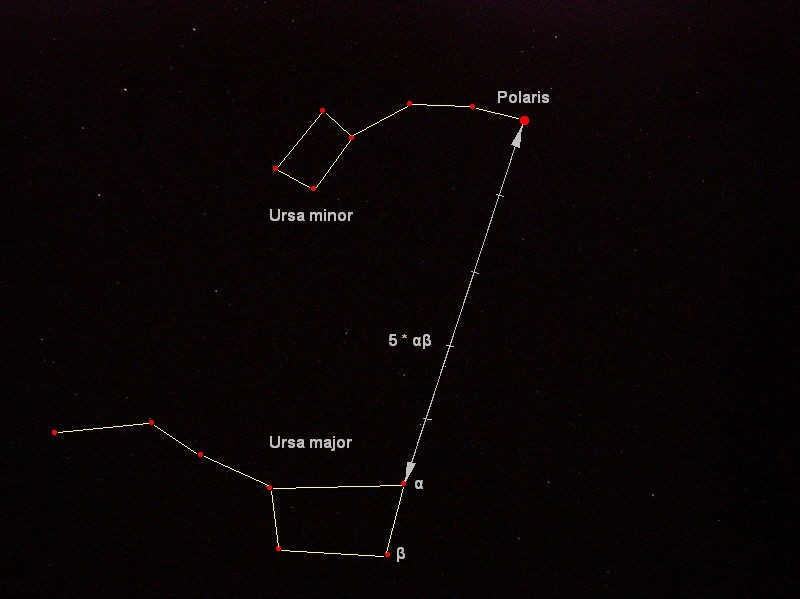
Arcturus
Now, if you retrace your steps towards the Big Dipper and continue in the direction of its tail, you will eventually come across the magnificent celestial body known as Arcturus. This particular star is renowned for its extraordinary brilliance and is classified as a first magnitude star. It holds the distinction of being one of the swiftest moving stars in the night sky, with an estimated speed of approximately one hundred kilometers per second.
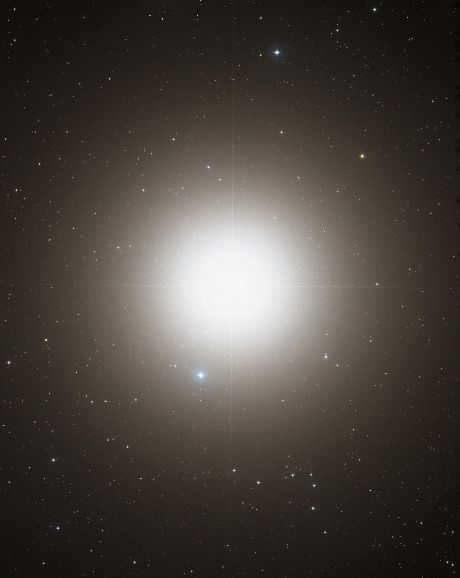
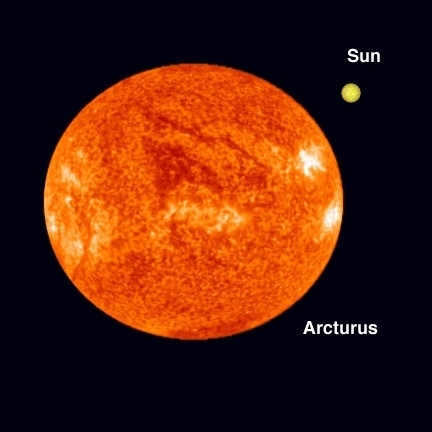
Cassiopeia
Another constellation that is easy to spot bears a strong resemblance to the uppercase Latin letter \Polaris on the extension of the straight line that connects them. Now, direct your gaze towards Polaris
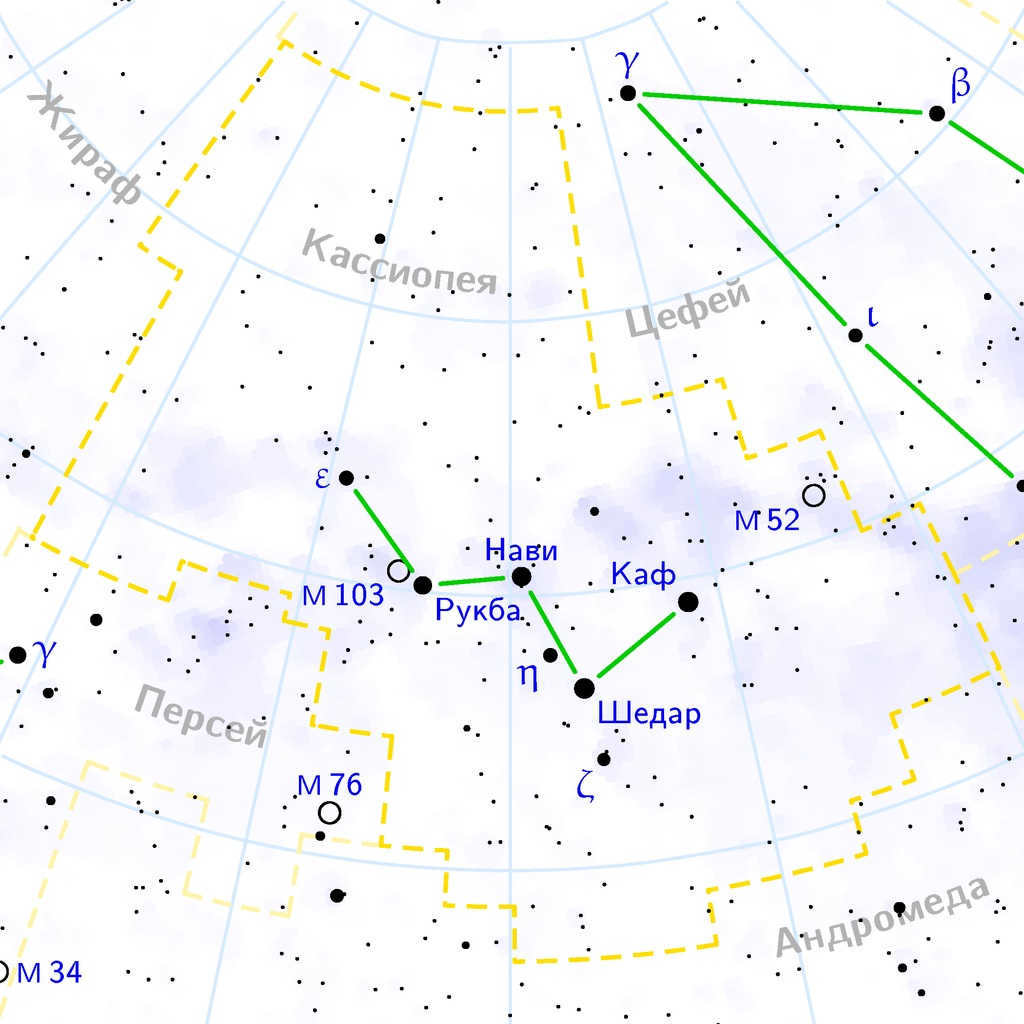
– it constantly indicates the north.
Arcturus Now return in the direction of the Big Dipper and track the path of its tail, bending downwards until you arrive at the impressive star Arcturus. . This star is known as a first magnitude star and is one of the swiftest moving stars in the celestial sphere, supposedly traveling at a speed of approximately one hundred kilometers per second.Cassiopeia
There is another constellation that is easily recognizable and bears a strong resemblance to the uppercase Latin letter “P”.
When you extend the straight line that connects the stars, you will see a clear image of this constellation. If you look directly at Polaris, you will notice that it always indicates the direction of north. Another notable star to observe is Arcturus. To find it, simply walk back towards the Big Dipper and follow the direction of its tail as it curves downward. Eventually, you will come across this magnificent star.
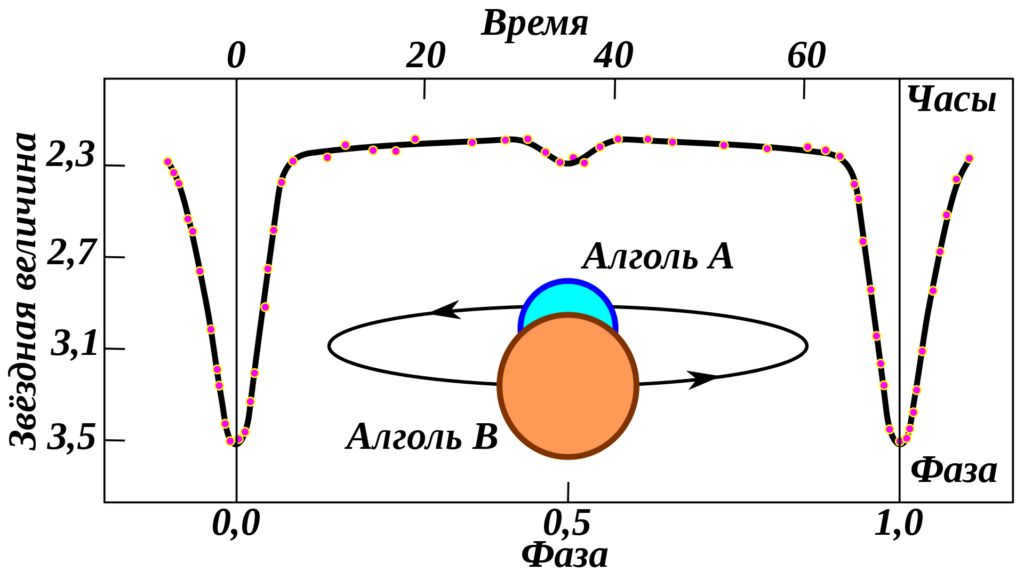
The star Arcturus
Arcturus is known as one of the brightest stars and is classified as a first magnitude star. It is also one of the fastest-moving stars in the sky, with an estimated speed of approximately 100 kilometers per second. Another easily recognizable constellation is Cassiopeia, which resembles the capital Latin letter “W”. If you extend a straight line from Cassiopeia to Polaris, the North Star, you can easily spot Arcturus. It is always interesting to observe Polaris, as it consistently points towards the north.
The remarkable star Arcturus
Now retrace your steps towards the Big Dipper and continue in the direction of its tail, bending downward until you arrive at the awe-inspiring celestial body
known as Arcturus
. This particular star is renowned for its dazzling brilliance and is classified as a first magnitude star; it is also one of the swiftest moving stars in the night sky, believed to be traveling at a staggering speed of approximately one hundred kilometers per second.
Another noteworthy constellation in this area is Cassiopeia
Cassiopeia
There is another constellation that is easily recognizable and bears a striking resemblance to the capital Latin letter \. This constellation is known for its exceptional brightness, earning it the title of a first magnitude star. It is also one of the swiftest stars in the night sky, believed to be moving at a speed of approximately one hundred kilometers per second.
Cassiopeia
Another constellation that is easily recognizable resembles the uppercase Latin letter \
Cassiopeia, which the ancient people referred to as the Throne in Heaven. It is a celestial feature that can always be easily identified.
VegaAnother stunningly bright first magnitude white star is Vega, located in the Lyra constellation, on the edge of the Milky Way.
The Milky Way’s Star: A Fascinating Celestial Beauty
Located within the constellation of Perseus, the star in question captivates not only due to its stunning appearance in the night sky, but also because it holds a significant role in our solar system. It currently serves as the guiding force for the Sun, propelling us through space at an incredible velocity of nearly twenty kilometers per second.
Adjacent to Cassiopeia, this celestial wonder is a sight to behold.


The Perseus constellation is frequently observed as a large G positioned beneath a larger G, which symbolizes Cassiopeia. What makes it intriguing is that one of its stars is the renowned double star Algol, consisting of two stars, one bright and one dark. These stars revolve around each other, causing the dark star to intermittently obscure the bright one, resulting in Algol appearing more or less brilliant at regular intervals.
The reason why we are unable to ascertain the true brilliance of the stars
As a result, our ability to compare the brightness of stars is limited to their apparent brightness. Therefore, a star that appears to be the brightest in the entire sky, like Sirius, may actually be one of the faintest. Its brightness to us is only due to its close proximity. Consequently, to truly understand the brilliance of stars, we must know their distances. Determining distances poses a significant challenge in the field of star study. Astronomers worldwide are actively researching this topic, and we have already made some progress in determining the distances to several stars. Here’s how we did it. Discovering the distances between stars
When someone stands between you and a wall, and you move your head, the position of the person on the opposite wall appears to change. This is true even if you first look at them with one eye and then with the other. By knowing the distance between your eyes, you can also use this method to measure the distance to the object you are looking at. Now, let’s consider a celestial body like the moon, which is much closer to us. We can change our perspective by simply noting the location among the stars where the moon is visible from one point on Earth, and then comparing it to another point.
‘106km verst one hundred miles from the first. This line on Earth is sufficient enough to determine the Moon’s distance from Earth, just like a line equal to the space between your eyes is enough to determine the length of the pencil you have in front of you. However, the stars, even the closest ones, are so far away that any line taken on our small Earth is too short for them. So what can we do then – since we can’t go above Earth! But we can utilize the Earth’s movement around the Sun. We can observe a star on a specific night and then observe it again six months later when the Earth is on the opposite side of the Sun. This provides us with a line of approximately 300 million kilometers – twice the distance from the Earth to the Sun, and this is just sufficient for us to notice the difference in the apparent position of certain stars and therefore measure their distance. However, there are many instances where we are unable to perceive the difference, even when using such a massive base line. These stars are at an incalculable distance from us.
What is the method for determining the mass of a star?
It is possible to calculate the mass of an unseen star by observing its influence on another celestial object, such as a neighboring star. By measuring the degree of influence, which is determined by the mass of the bodies, we can make the necessary calculations. This method is often used for double stars, where one star orbits around another. This process of calculating the mass of invisible stars is considered a major achievement in astronomy.
Directly determining the volumes of stars is not possible, and calculations must be used instead. This is because we lack the means to measure the transverse magnitude of a star. Telescopes are unable to provide this information, and studying the light of a star does not reveal its magnitude. Therefore, it is extremely challenging to conceive of a method for measuring a star’s volume.
However, we should not be considered as having completely relinquished all hope in this matter, as there is still a possibility of acquiring additional information on various stars, which may enable us to make educated assumptions regarding their likely magnitudes. For instance, if we possess knowledge about the star’s distance, brightness, and mass, we will have a limited ability to speculate on its probable value.
What we can state is that a certain star is likely to be larger than the Sun by a certain factor, as it emits a significantly greater amount of light.
How many stars can be found in the sky? One important factor to note about stars is their sheer quantity. It is impossible for even the most powerful telescope to accurately determine the exact number. Instead, we must rely on photographic plates, which have the ability to capture more stars than the naked eye. This is because the light emitted by stars has a greater impact on photographic plates compared to human vision. As a result, it has been discovered that the number of visible stars exceeds hundreds of millions. Surprisingly, the advancement of telescopes and photography has not resulted in a proportional increase in the number of stars. This suggests that the number of stars in our sky is finite, and the same can be said for the number of dark stars that elude our detection. It is plausible that our starry sky has defined boundaries, while other regions of space may contain countless other universes…
The stars play a crucial role in the universe. They serve as the foundation for everything, acting as the center around which all celestial bodies orbit. Additionally, the stars are interconnected in a way that gives rise to the countless galaxies scattered throughout the cosmos. It’s fascinating to think that those tiny twinkling lights we see at night are actually massive spheres of luminous plasma.

Within a range of hundreds or thousands of light years, nuclear reactions occur to create all the natural chemical elements.
In the Milky Way alone, there could be more than 400 billion stars. This number gives us a glimpse of the vast number of stars in the universe, considering that our galaxy is just one out of 2 million million galaxies. Astronomy, however, has managed to classify stars based on their life stage, brightness, size, and temperature.
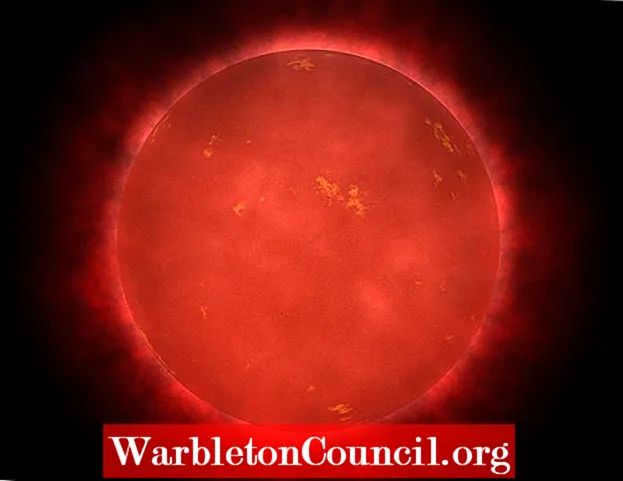
. Today’s article will explore the different types of stars, in addition to providing an understanding of what a star is. From white dwarfs to red hypergiants, we will embark on a cosmic journey.
What exactly is a star? A star is a massive celestial object made up of plasma, a state of matter that exists between a liquid and a gas and consists of electrically charged particles. These stars are heated to extremely high temperatures, causing them to emit their own light, creating a radiant “sphere.” Stars can be thought of as colossal nuclear reactors, containing vast amounts of hydrogen, the first element on the periodic table, which undergoes intense fusion reactions.
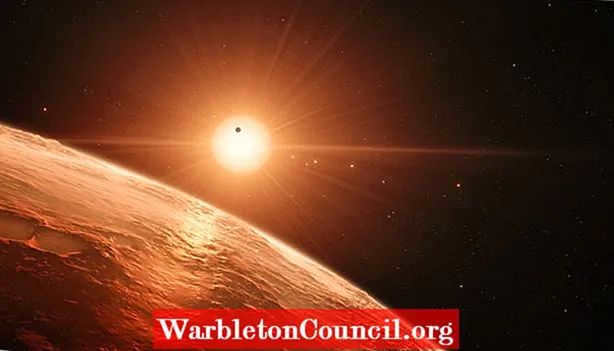
Regarding the phenomenon of nuclear fusion
(within the core of a star for the purpose of generating helium. This procedure necessitates the attainment of exceedingly high temperatures and pressures, conditions that can solely be realized within these celestial bodies. Subsequently, if the star is of sufficient magnitude, helium can undergo further fusion, necessitating even higher temperatures and pressures, thereby resulting in the formation of the subsequent chemical element, namely lithium. This pattern persists for all other elements as well. Our sun, however, is only capable of producing helium
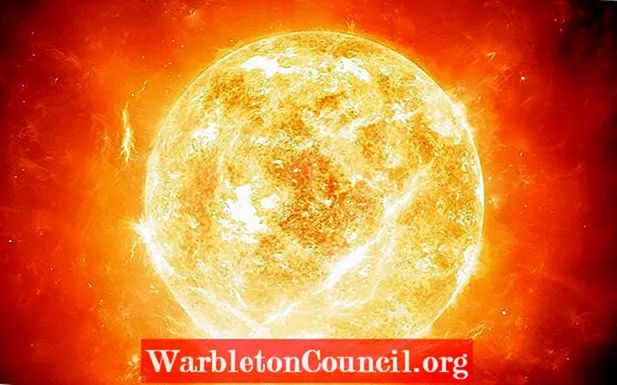
However, there exist alternative colossal stars that have the ability to combine a sufficient number of atoms, resulting in the formation of metals and other heavy elements. All the natural elements that exist today are derived from the remnants of these distant stars that once perished.
These nuclear chemical reactions take place at temperatures approximately equal to 15,000,000 degrees Celsius and culminate in the emission of light, electromagnetic radiation, and heat. Due to its immense mass, plasma becomes condensed under the influence of gravity, which subsequently attracts celestial bodies, such as those present in our solar system.
What categories of stars exist in the cosmos?
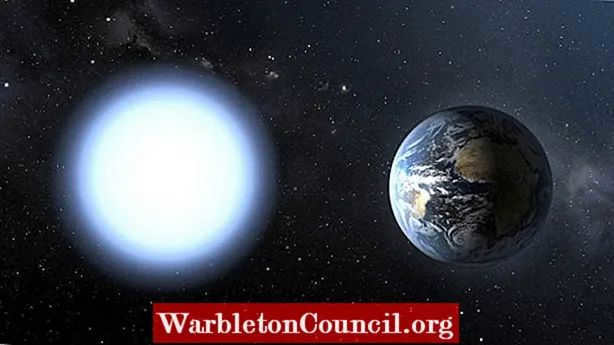
We have proposed many different categories, including one based on the brightness of the star. While all of these categories are extremely useful, we have chosen to focus on the category based on size and lifecycle as it aligns with our familiarity. Here is the comprehensive list.
1. Neutron star Neutron stars are the smallest type of stars in the Universe and are undoubtedly among the most enigmatic celestial bodies. Imagine condensing the entire mass of the Sun (millions of quadrillion kilograms) into a sphere the size of Manhattan Island. Here is a neutron star with a diameter that measures only 10 kilometers
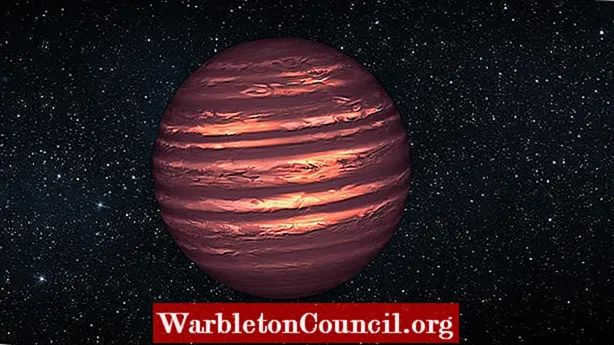
Nonetheless, it is twice the mass of the Sun. It is the densest natural object ever discovered, excluding black holes.
When a supermassive star explodes, it gives rise to these stars. The explosion leaves behind a remnant in the form of a nucleus. In this nucleus, the protons and electrons of their atoms combine to form neutrons. This fusion process is what gives rise to the incredible densities of neutron stars. A tablespoon of a neutron star.

When it is completed, it will have the same weight as the total weight of all the cars and trucks on Earth.
2. Red dwarf stars, also known as Red dwarfs , are the most abundant stars in the universe.
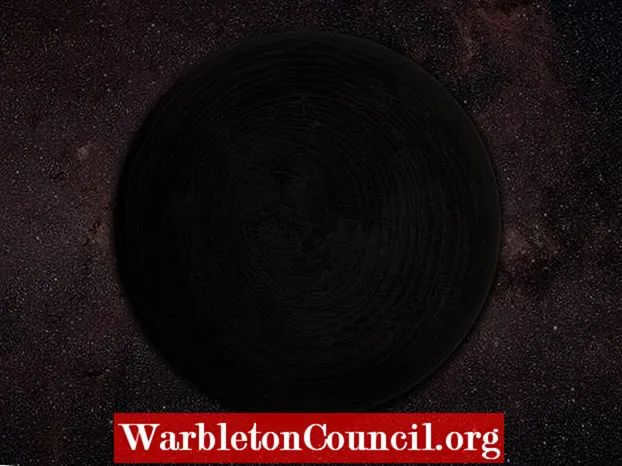
Stars in the Universe: The Small and Long-Lived Ones
Among the various types of stars, there are some that hold a special place due to their unique characteristics. One such group is the orange dwarfs. These stars, which are about half the size of the Sun, have surface temperatures below 3800 °C. Despite their small size, they have a remarkable ability to conserve their fuel, making them the longest-lived type of star. In fact, they can live longer than the entire existence of the universe itself. Scientists estimate that these orange dwarfs can survive for a staggering 200,000 million years.
3. Orange dwarf An orange dwarf is a star that falls midway between a red dwarf and a yellow dwarf (like our Sun) in terms of characteristics. These stars closely resemble our Sun in terms of mass and diameter, making them the most similar to our own star. They have an impressive lifespan of 30 billion years and are of great interest to scientists in their quest to discover extraterrestrial life.
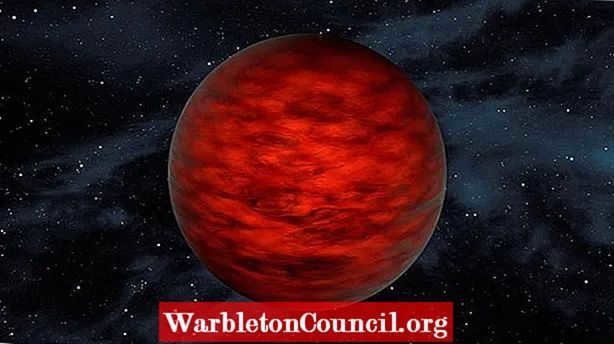
due to possessing qualities that could potentially support the existence of habitable planets in their orbital paths.
4. Our sun, the yellow dwarf, is an example of this.
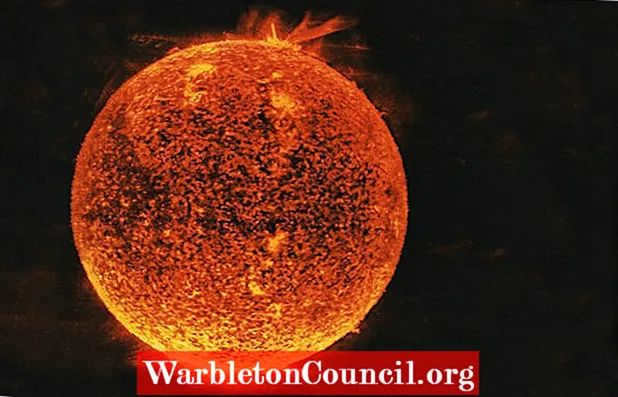
Yellow dwarfs, similar in size to our sun, have a diameter of 1,400,000 km. They have a surface temperature of approximately 5,500°C and a lifespan of around 10 billion years. It is interesting to note that larger stars have shorter lifespans, as they consume fuel at a faster rate.
Our sun is classified as a yellow dwarf. White dwarf: A white dwarf is a type of star that forms from the core of a larger star. When a massive star dies, it sheds its outer layers and what remains is the core, which becomes a white dwarf. In fact, all stars (except red dwarfs and the most supermassive ones, which explode and leave behind a supernova, neutron star, or black hole) eventually end their lives as white dwarfs.

Our Sun will eventually undergo the same transformation.
These celestial bodies are incredibly compact. Imagine compressing the Sun into an object the size of Earth, resulting in a star that is 66,000 times denser than the Sun.
6. Brown dwarf Brown dwarfs exist on the boundary between a giant gas planet (such as Jupiter) and a star. Despite having planets orbiting around them, they do not have enough mass
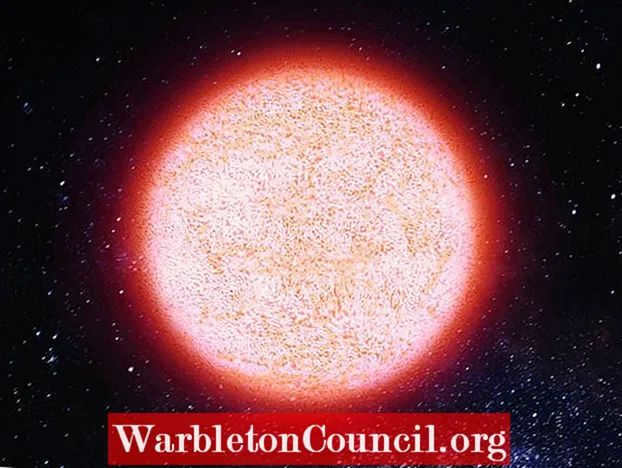
Starting the process of nuclear fusion is required for stars to shine. As a result, they do not emit a high level of brightness (which is why they are called “dwarfs”) and they do not rely on any external power source.
7. The blue dwarf is a unique type of star that is formed when red dwarfs, except for red dwarfs that have not yet died, reach the end of their life cycle. Although the existence of blue dwarfs has not been confirmed since the beginning of the universe, they are considered to be a hypothetical concept.
8. The concept of a black dwarf is an intriguing one. As we have already mentioned, when stars reach the end of their lives, they become white dwarfs. However, even white dwarfs have a limited lifespan, as they will eventually run out of fuel. When this happens, they will gradually cool down until they no longer emit any light, transforming into what we call a black dwarf. However, it is important to note that black dwarfs are still hypothetical, as not enough time has passed in the universe for a white dwarf to reach this stage. Furthermore, even if a black dwarf were to exist, it would be extremely challenging to detect due to its lack of light emission.
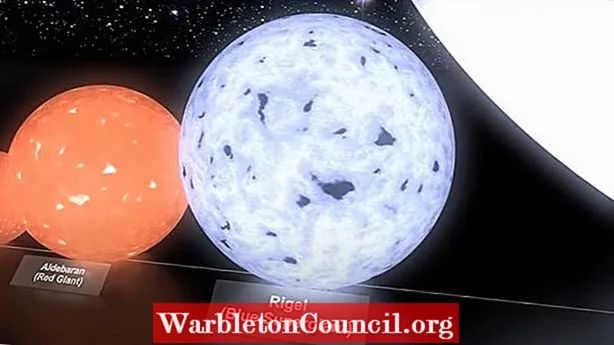
9. Subdwarf
Subdwarfs represent a unique type of star that sits at the midpoint between a “true” star and a brown dwarf. These stars are considered to be the earliest celestial objects observed in the galaxy, making them exceptionally old. While nuclear reactions do take place within subdwarfs, they have a remarkably low metal content, placing them on the borderline of star classification.
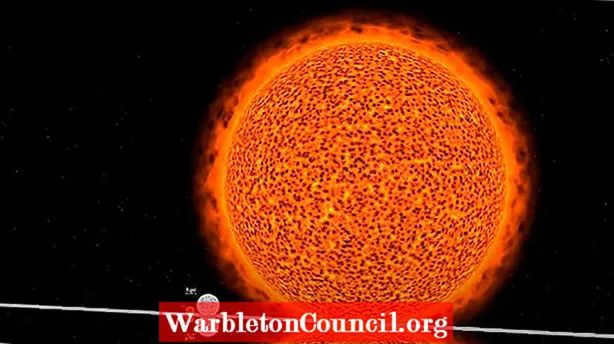
10. Subgiant
Similar to the previous scenario, a subgiant is a type of star that falls on the border between a dwarf star and a giant star. It possesses more mass and shines brighter than its dwarf counterparts, but it lacks the size necessary to be classified as a giant, as we will explore in the future. In essence, it represents a crucial phase within the life cycle of the most massive stars, as they gradually expand and transform into giants.
11. Giant A giant star is a stellar entity with a diameter that ranges from 10 to 100 times the diameter of the Sun.
. Likewise, its luminosity is 10 to 1000 times greater than that of our own star. Almost all dwarf stars (which are half the size of the Sun or larger) eventually evolve into giant stars as they deplete their fuel reserves.


